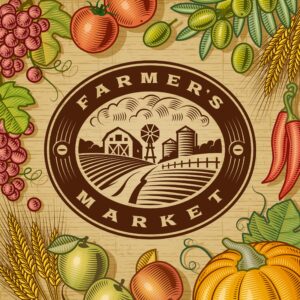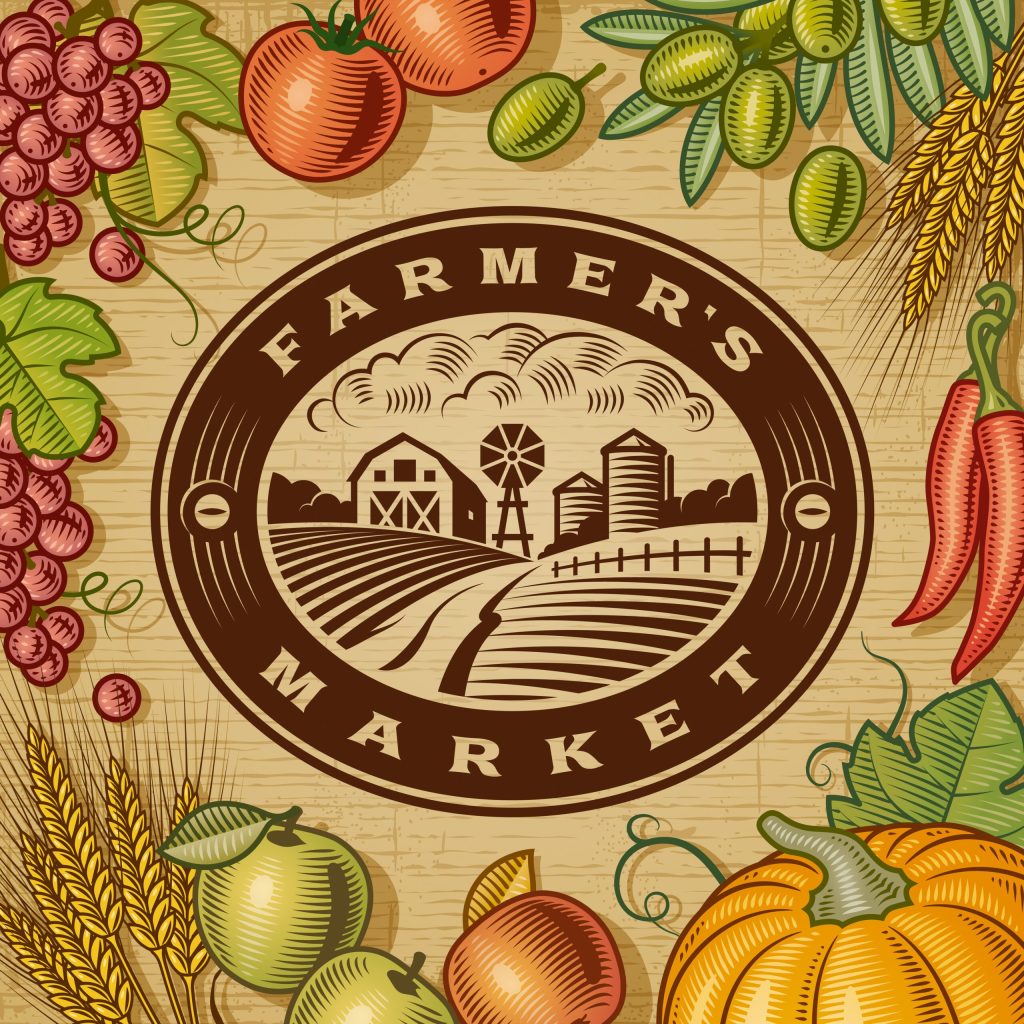Reviewers
Alexander Robinson, Graduate Student, and Dr. Brady Brewer, Assistant Professor
Article
The Influence of Farmers Markets’ Characteristics on Vendor Sales by Jeffery O’Hara, Nony Dutton and Nick Stavely
Journal
Agribusiness: An International Journal
Summary
Farmers markets are a popular way to support local agriculture and expand direct-to-consumer sales. For consumers, they provide an avenue for them to purchase goods not often sold in grocery stores; however, the COVID-19 pandemic heavily impacted farmers markets around the country. As they return, some cities have implemented social distancing and capacity restrictions. Therefore, it is imperative that farmers markets and vendors work together strategically to provide the best experience for consumers.

In this study, the researchers examined the impact farmers market characteristics have on vendors at 13 farmers markets in the greater Washington, D.C. area from January 2017 to July 2020. The two main characteristics examined were the day of the market and number of vendors.
Weekday and weekend markets often attract consumers with different behaviors. Shoppers at weekday markets are usually on their lunch break and going back to work, while weekend shoppers likely are off work. The researchers found that vendors selling hot and prepared foods performed better at weekday markets, and fresh produce vendors had better sales at weekend markets. The authors claim the success of vendors with hot and prepared foods is consistent with the purpose of weekday markets being the convenience of grab-and-go purchases. Fresh produce vendors perform better on weekends because their products are less durable, thus, the weekend provides shoppers the opportunity to take their items straight home and store them.
The researchers also found weekend markets see an increase in average sales as the number of vendors increases. This is likely because weekend farmers markets are often large-scale events that attract consumers from further away as they expand vendors. Vendors at weekday markets initially enjoy an increase in average sales as the number of vendors increases, but as vendors continue to increase, average sales decline. In this study, the threshold for increasing average sales to start declining was about 30 vendors. Weekday markets serve a smaller consumer base; therefore, increasing the number of vendors leads to increased competition.
The authors conclude that as farmers markets return, managers should strategically choose vendors based on the day of the market and type of product sold by the vendor. This will help optimize the consumer and vendor experience while observing social distancing and capacity restrictions. Even after restrictions expire, these practices will ensure a positive experience for all and increase the value of farmers markets.
What this means for Food and Agricultural Business
Farmers markets are a crucial channel many small and local farmers use to reach their customers across the nation. As of 2019, there were 8,190 farmers markets in the U.S., with 63% of those occurring on the weekend, and from 2015-2017, direct-to-consumer sales by U.S. farms and ranchers equaled $3 billion (O’Hara et al., 2021). That $3 billion does not include direct-to-consumer sales by non-farm vendors which is a significant percentage of total direct-to-consumer sales itself. These statistics show the immense opportunity created by farmers markets. Therefore, it is important farmers market managers improve their strategy in choosing vendors and locations. Synergy between rural and urban communities is essential as the gap between the two continues to decrease. Strategically choosing vendors depending on the day will significantly enhance the experience of shoppers, incentivize more people to become non-farm vendors as well as increase profits for local farmers.
Farmers markets potentially provide a secondary market for goods that are not often found in grocery stores. This means produce that is too damaged or ugly for grocery stores can be sold at farmers markets. Additionally, farmers markets act as a place to find produce that may not be available at a typical grocery store. As the U.S. becomes more diverse and people move around the country, they will desire foods and ingredients that are part of their culture. This gives farmers markets an excellent opportunity for non-farm vendors to support and cater to various ethnicities and cultures. This would attract even more shoppers and likely increase the average sales of vendors, specifically on weekends. This article reinforces that farmers markets need to think strategically about the vendors they offer. If farmers market managers collect data on the demographics of shoppers on specific days and use that data when choosing vendors, it could help them reach more people.
Lastly, farmers markets provide a learning opportunity regarding farming, ranching and other agricultural practices that many people are unaware of today. Farmers and agribusinesses should capitalize on the personal nature of farmers markets in order to interact with consumers. Agribusinesses could consider sponsoring booths or whole farmers markets to improve their public image or out of good faith. Farmers markets allow vendors, farmers, ranchers and agribusinesses the chance to introduce new products, receive feedback from shoppers and increase the popularity of their brand. Farmers markets provide business opportunities for everyone willing to participate, and strategically choosing vendors will help everyone involved.




